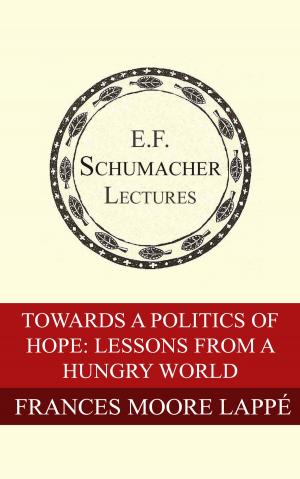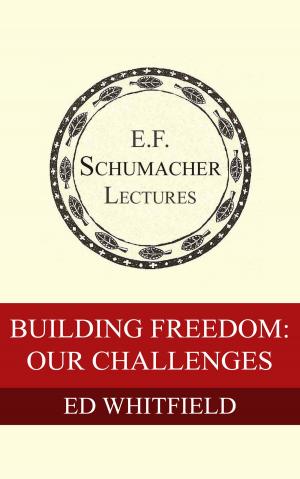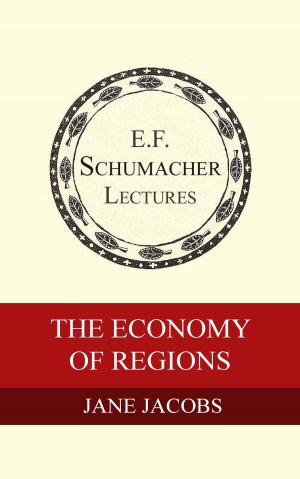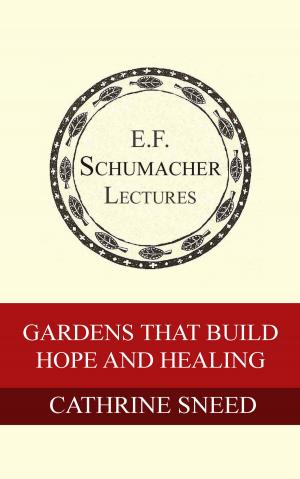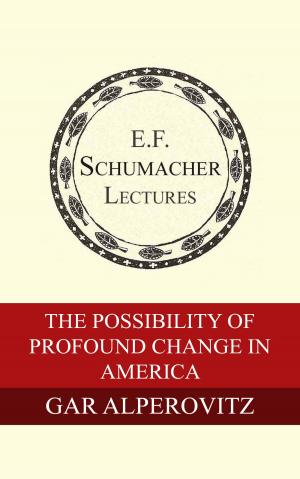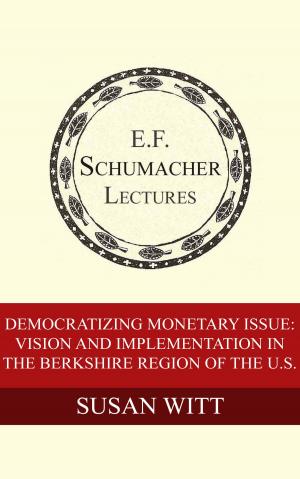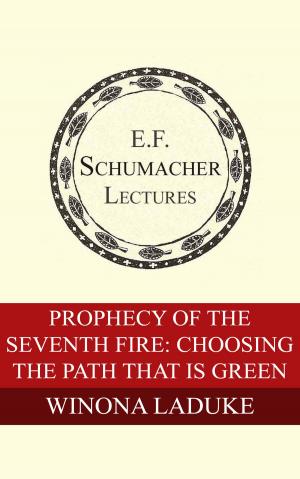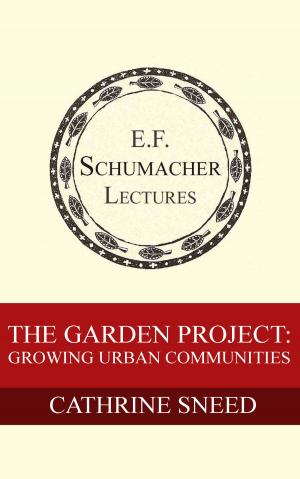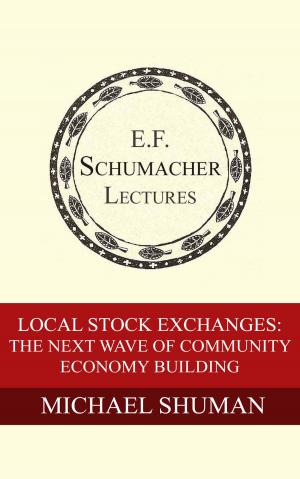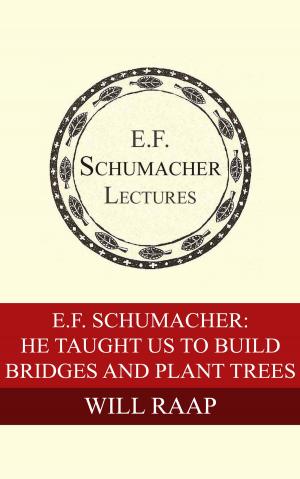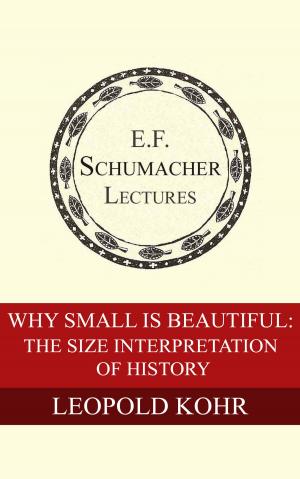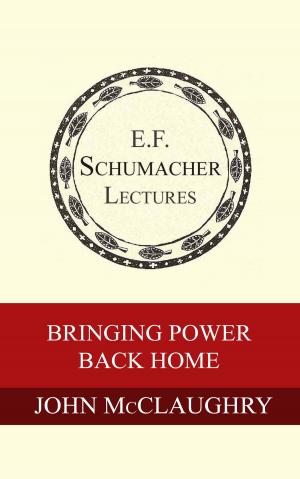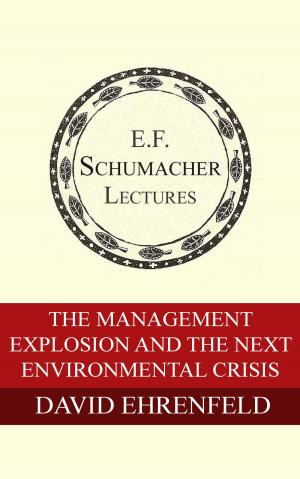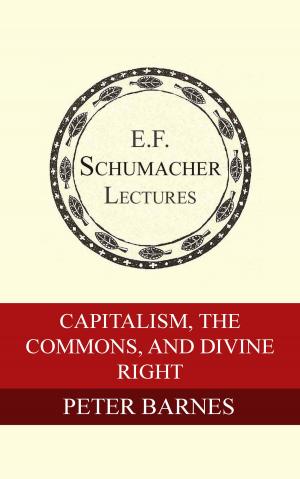Wagner and the Fate of the Earth: A Contemporary Reading of The Ring
Fiction & Literature, Essays & Letters, Essays| Author: | Hunter G. Hannum, Hildegarde Hannum | ISBN: | 1230000214240 |
| Publisher: | Schumacher Center for a New Economics | Publication: | March 1, 2001 |
| Imprint: | Language: | English |
| Author: | Hunter G. Hannum, Hildegarde Hannum |
| ISBN: | 1230000214240 |
| Publisher: | Schumacher Center for a New Economics |
| Publication: | March 1, 2001 |
| Imprint: | |
| Language: | English |
The collection of lectures and publications from the Schumacher Center for a New Economics represents some of the foremost voices on a new economics.
In an essay inspired by Thomas Berry’s 1989 Schumacher Lecture, “The Ecozoic Era,” Hunter Hannum offers a new interpretation of Wagner’s The Ring of the Nibelung based on its relevance to contemporary society. The Ring, according to Hannum, is a drama that presents the "destructive elements of our age" while offering "a vision of healing and wholeness." He critiques the 1898 analysis of The Ring by G.B. Shaw, finding his rejection of the work's tragic aspects and his misreading of the drama's denouement illustrative of the "heroic" phase of the scientific-technical age in which Shaw lived. Hannum argues that the denouement—Brünnhilde's return of the stolen gold to the Rhinemaidens—is symbolic of ecological restoration and a vindication of Nature and the Feminine vis-à-vis the power of the patriarchy as represented by the work's male characters. He presents composer-poet Wagner as an artist who, in a myopic industrial-commercial age, demonstrated a vision encompassing the fate of planet Earth.
The collection of lectures and publications from the Schumacher Center for a New Economics represents some of the foremost voices on a new economics.
In an essay inspired by Thomas Berry’s 1989 Schumacher Lecture, “The Ecozoic Era,” Hunter Hannum offers a new interpretation of Wagner’s The Ring of the Nibelung based on its relevance to contemporary society. The Ring, according to Hannum, is a drama that presents the "destructive elements of our age" while offering "a vision of healing and wholeness." He critiques the 1898 analysis of The Ring by G.B. Shaw, finding his rejection of the work's tragic aspects and his misreading of the drama's denouement illustrative of the "heroic" phase of the scientific-technical age in which Shaw lived. Hannum argues that the denouement—Brünnhilde's return of the stolen gold to the Rhinemaidens—is symbolic of ecological restoration and a vindication of Nature and the Feminine vis-à-vis the power of the patriarchy as represented by the work's male characters. He presents composer-poet Wagner as an artist who, in a myopic industrial-commercial age, demonstrated a vision encompassing the fate of planet Earth.

